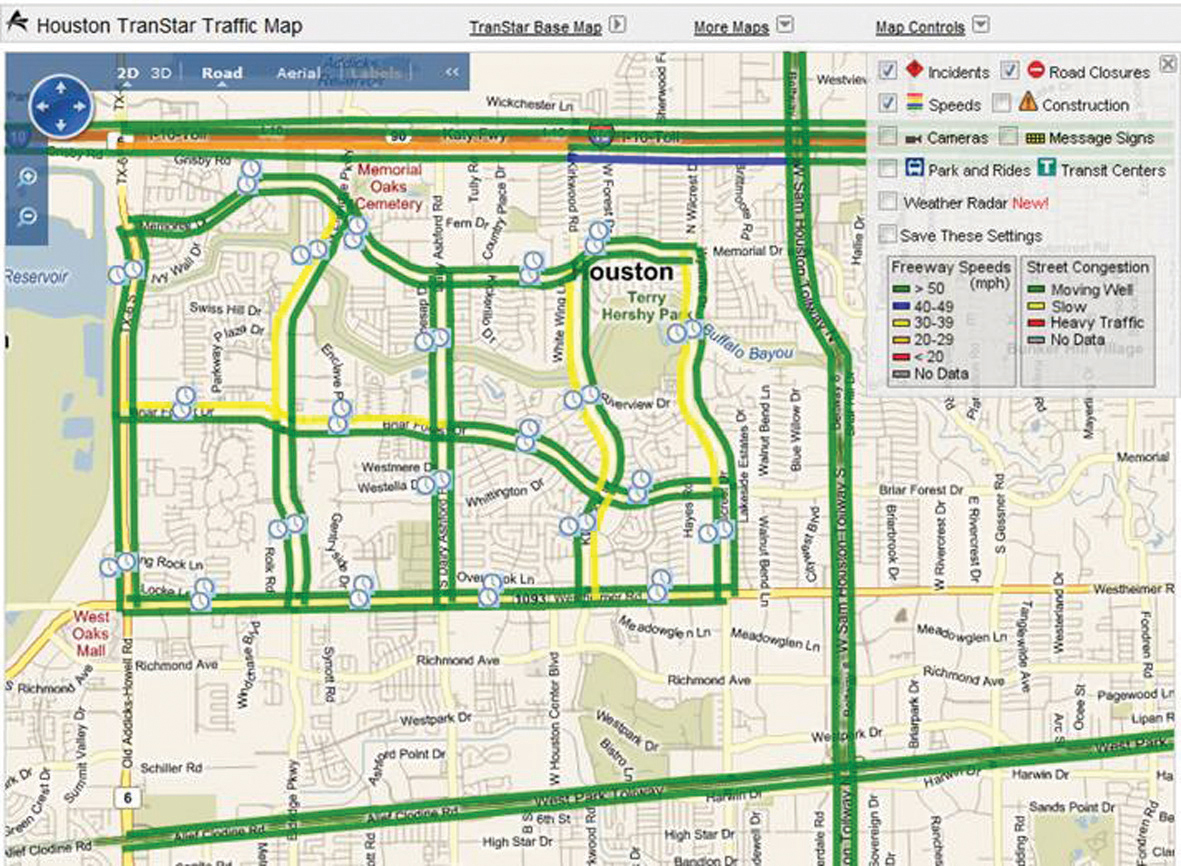The practical, day-to-day co-working which goes on at Houston TranStar will form a major part of the demonstrations at the 2010 Annual Meeting, says co-chair of the organising committee Metropolitan Transit Authority of Harris County Chief of Police Thomas C. Lambert.

Harris County Chief of Police Thomas C. Lambert.
RSSThe practical, day-to-day co-working which goes on at 61 Houston Transtar will form a major part of the demonstrations at the 2010 Annual Meeting, says co-chair of the organising committee Metropolitan Transit Authority of Harris County Chief of Police Thomas C. Lambert.
"Visitors will be able to see how city, county and state transit engineers work together to monitor traffic conditions including real-time travel speeds and tolling/HOT facilities." Four partners - the375 Texas Department of Transportation, Harris County, the Metropolitan Transit Authority of Harris County and the City of Houston - support Houston TranStar, the first centre in the US to combine transportation and emergency management under one roof. Houston TranStar's website, nationally and locally recognised for the breadth of information it offers the general public, allows subscribers to receive personalised travel time updates and incident warnings, as well as providing up-to-the-minute traffic and weather information.
According to the232 Texas Transportation Institute, TranStar's transportation management activities have reduced the public's travel times and fuel consumption (more than $1.6 billion saved since the programme's inception), and has lowered exhaust emissions (3,157 tons of hydrocarbons, 20,899 tons of carbon monoxide and 4,375 tons of nitrogen oxides).
In 2006, travel delays cost the region more than $714 million. However, by actively managing traffic incidents and providing travel information to the public, Houston TranStar offset travel delays in the region by more than 12 million vehicle hours, for a monetary benefit of $228.8 million. The reduced travel time lowered fuel consumption by 22.7 million gallons, for an additional saving of more than $57 million, or a total of $286 million in benefits to the region.
"TranStar operates as an ideas clearing house," Lambert explains. "There are weekly management meetings which look at issues such as incident management and clearance and how the available technologies are leveraged by the multiple partners." For the Annual Meeting, a simulated major incident, in the form of an overturned 18-wheeler truck, will be used to show the benefits of better inter-agency working.
"We'll have helicopter units bringing back images of the route in question and visitors will be able to see demonstrations of incident management and re-routing," Lambert continues.
Guided bus tours will offer the opportunity to see how various modes of transport have been linked together, and the efforts being made to increase capacity on existing HOV lanes. The evacuation corridors and techniques developed for Houston and Dallas in light of such catastrophic events as hurricanes Rita and Ike can also be viewed.
"We also have a lot of tolled facilities in the region," says Lambert, "and there'll be the opportunity to see how these and HOT facilities have evolved."
RSS
"Visitors will be able to see how city, county and state transit engineers work together to monitor traffic conditions including real-time travel speeds and tolling/HOT facilities." Four partners - the
According to the
In 2006, travel delays cost the region more than $714 million. However, by actively managing traffic incidents and providing travel information to the public, Houston TranStar offset travel delays in the region by more than 12 million vehicle hours, for a monetary benefit of $228.8 million. The reduced travel time lowered fuel consumption by 22.7 million gallons, for an additional saving of more than $57 million, or a total of $286 million in benefits to the region.
"TranStar operates as an ideas clearing house," Lambert explains. "There are weekly management meetings which look at issues such as incident management and clearance and how the available technologies are leveraged by the multiple partners." For the Annual Meeting, a simulated major incident, in the form of an overturned 18-wheeler truck, will be used to show the benefits of better inter-agency working.
"We'll have helicopter units bringing back images of the route in question and visitors will be able to see demonstrations of incident management and re-routing," Lambert continues.
Guided bus tours will offer the opportunity to see how various modes of transport have been linked together, and the efforts being made to increase capacity on existing HOV lanes. The evacuation corridors and techniques developed for Houston and Dallas in light of such catastrophic events as hurricanes Rita and Ike can also be viewed.
"We also have a lot of tolled facilities in the region," says Lambert, "and there'll be the opportunity to see how these and HOT facilities have evolved."
RSS










